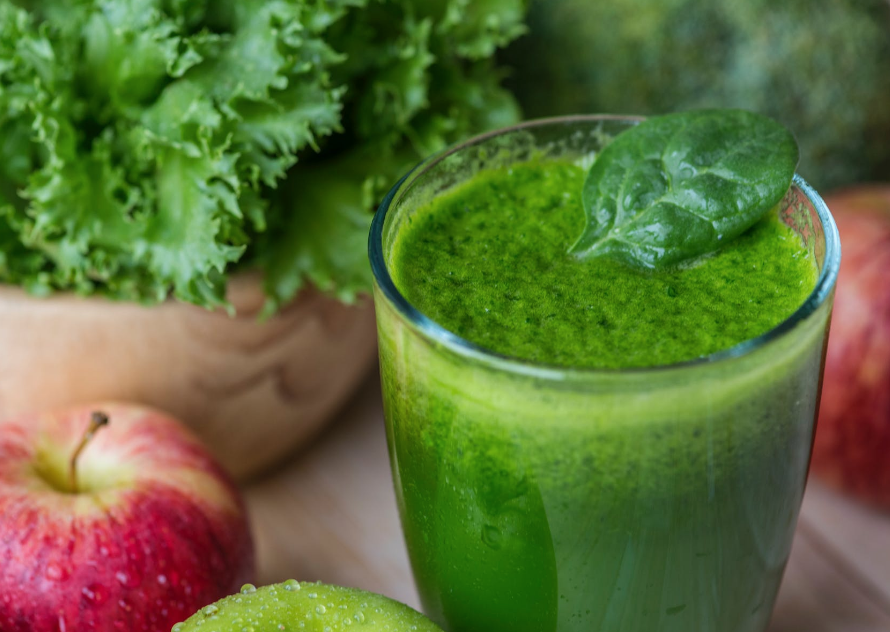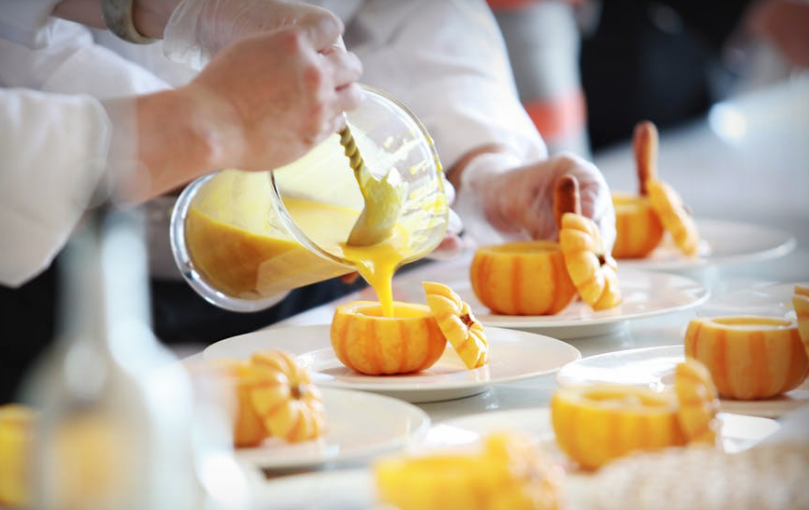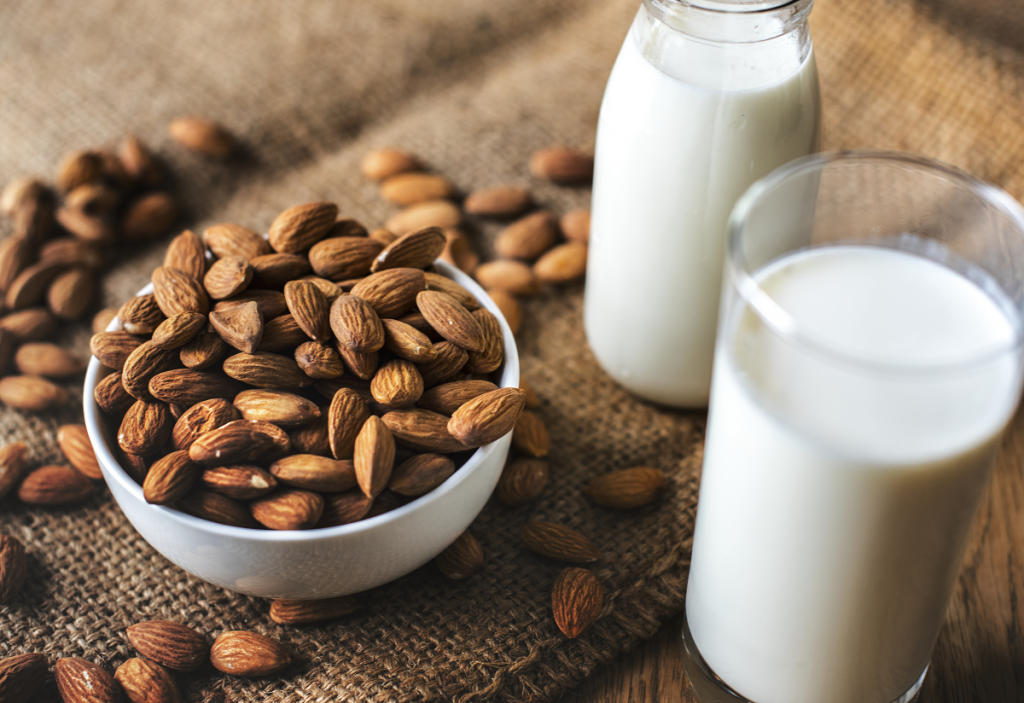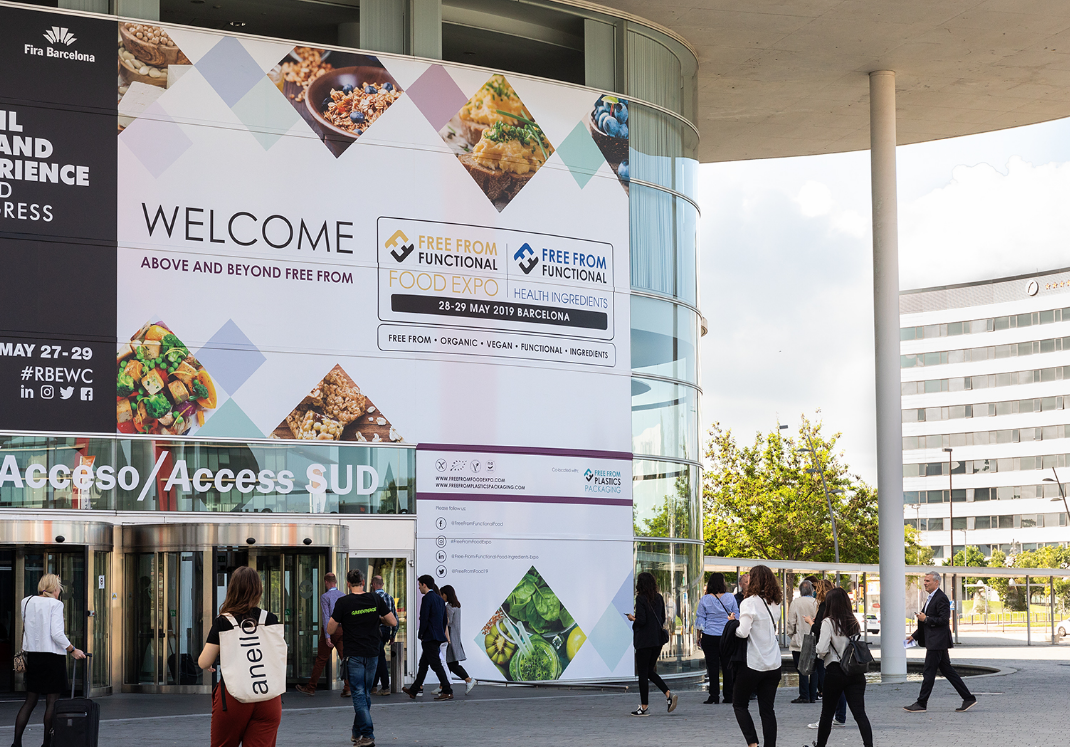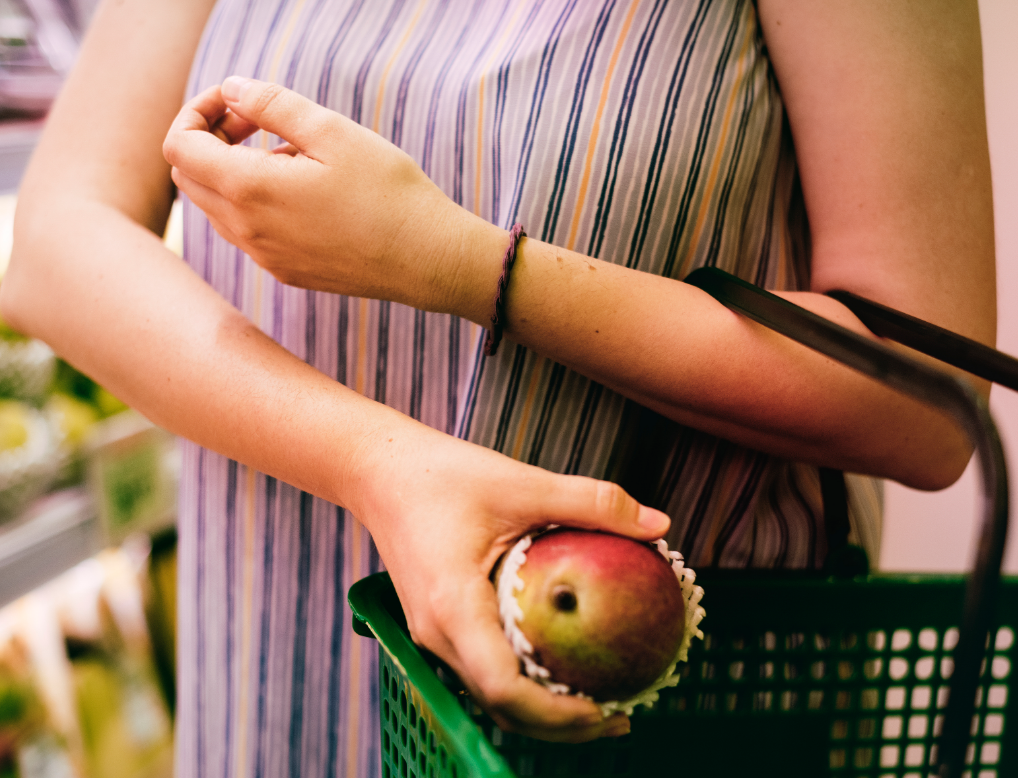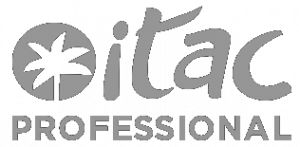The free from food that today’s consumer is looking for
The search for a healthier lifestyle has popularized new forms of food such as vegetarianism, veganism, macrobiotics, etc., but what exactly do we mean when we talk about free from food?
Free from food is basically food that excludes substances such as potential allergens or substances that may cause intolerance.
In the case of allergens, substances that the immune system may consider to be harmful are eliminated. In the case of intolerances, substances that cause an adverse reaction in people (that are different from allergic reactions) are excluded.
Although the term is still unfamiliar to many, the truth is that this type of food has been in our supermarkets for quite some time, mainly due to increased awareness of people who suffer from allergic reactions or intolerances.
Some examples of free from food
The most common free from foods are gluten-free products – which are usually very easy to find in most supermarkets or restaurants – such as gluten-free flour, bread, pastries, pasta, etc. Lactose-free drinks and egg-free products have also become commonplace.
However, the free from food trend encompasses much more than foods that don’t contain the most common allergens or elements that cause intolerances. More and more, the food industry is offering options that eliminate substances that, even though not harmful in themselves, are perceived negatively, or which can cause a negative reaction if eaten to excess. All of this in response to those who are continually looking for the healthiest diet possible. The most popular example is that of foods without sugar, additives or added salt. In addition to that, the industry is trying to encompass, and adapt to, the different sensitivities in terms of sustainability and food practices that are trending, and that spread quickly and modify consumers’ eating habits.
We visited the latest Free From Functional Food and Health Ingredients International Food Fair in Barcelona
To respond to this need, the Free From Food Exhibition was born, the latest edition of which was held in Barcelona. Throughout the exhibition, experts shared forecasts about upcoming trends through conferences, presentations, talks, seminars, round tables and networking.
In this important event, you can see all the different types of free from food currently available, along with the latest trends in the food industry:
- Gluten-free: Gluten-free consumption has changed in recent times. There is now more variety of alternative products that traditionally contained this protein found in many cereals.
- Dairy and lactose-free: Alternatives, such as vegetable drinks and products with no traces of milk, suitable for people with intolerances and allergies.
- Egg-free: Another product that is a common allergen and that can be found in small quantities in different types of products.
- Sugar-free: The number of products without added sugars has been increasing. According to WHO, free or added sugars provide empty calories with no nutritional value, which is why it recommends that you eat a maximum of 10% free sugars in your total intake of daily calories. *WHO. Sugar intake for adults and children
- Salt-free: Food that only retains sodium that is naturally present in food.
- Additive-free: Foods that don’t contain preservatives or colorings.
- Fat-free: According to the Spanish Food Safety and Nutrition Agency, AECOSAN, fat-free foods are those that contain no more than 0.5 g of fat per 100 g. As for saturated fats, according to the same body, food can only be considered to be free of saturated fats if the sum of saturated fats and trans fatty acids is not greater than 0.1 g per 100 g or 100 ml.
- Palm oil-free: This component is currently used in many processed foods.
In addition to this, under the banner of FREE FROM, you can also find a prominent place given to vegan food, organic products, as well as functional food, and the exhibitors at the Fair show the latest advances in dietary supplements and vitamin-enhanced foods.
The 5 main categories of Free From food
With the intention of encompassing all the modern day challenges to the food industry, and looking to the future, five main categories of trends have been focused on in the latest Exhibition.
The first category was dedicated to free from food, and included both allergen-free foods as well as those that exclude ingredients not suitable for some diets or lifestyles (no meat, for example)
Secondly, there was an area for debate and exposure for vegetarianism, a diet that has caused the meat substitute market to grow in an astonishing way.
The organic, or ecological, market has also had its own area, undoubtedly due to the positive economic expectations for this type of products. Similarly, functional foods (those that are beneficial to health, such as probiotics, vitamins, minerals, etc.) and their economic growth forecasts have been given their place at this important event.
Last, but not least, there was an ingredients section which was created in order to improve communication between retailers and specialists. Given the reciprocal feedback that is necessary for the creation of new free from or functional foods, it will certainly be an area of great interest.
Clean Label Products
The system of clean labels has been introduced to meet the consumer’s demands to know exactly what they are buying when it comes to food.
The purpose here is to simplify the information offered to the consumer on food packaging and is a real response from the industry to consumers’ needs.
More and more, consumers are carefully reading labels, and don’t want to find a long list of chemical elements to place in their shopping cart; they want ingredients of natural origin.
The research being carried out to replace artificial additives with naturally occurring additives, and without the food compromising on quality, safety and cost, is a real challenge and is essential in order to satisfy consumers who are increasingly well-informed and committed to their health.

